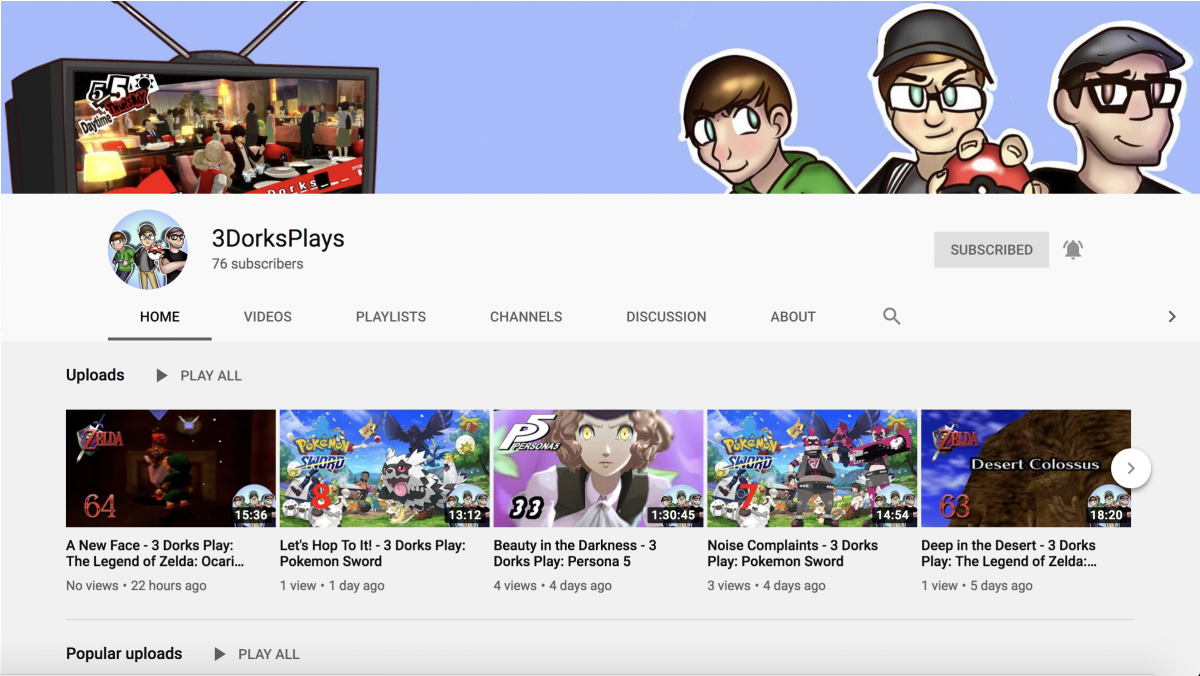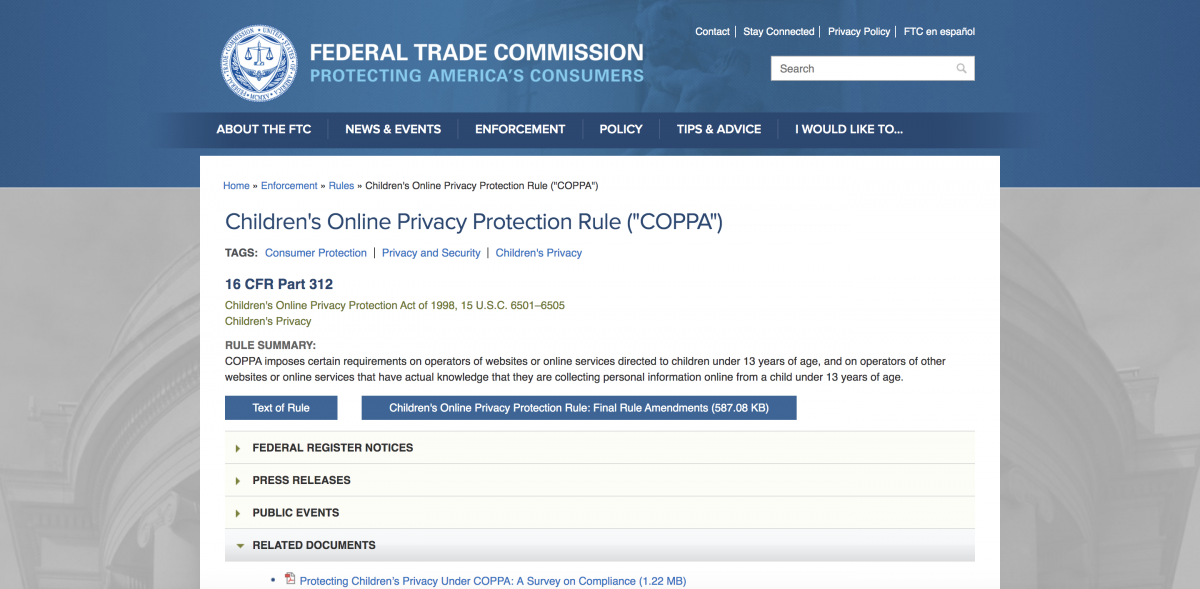A new YouTube policy could mean hefty fines for content creators who don’t mark their videos as child oriented, but have content that YouTube deems geared towards kids.
“Because of this scare, we have to discontinue our channel for now,” said Ryan Gilpin, a YouTube creator who runs the smaller channel ThreeDorksPlays. “Even as a small channel, we can’t guarantee we’re immune from these insane fines, so as of December 2020 we’ve decided to cut content until we know it’s safe to continue uploading.”

COPPA, or the Children’s Online Privacy Protection Act, has been around since 1998. It is an act created by the FTC (Federal Trade Commission) to try and prevent children from under 13 from viewing adult content or using sites that would otherwise be 13-plus. On September 4th, 2019, YouTube was fined $170 million for COPPA violations, including tracking the viewing history of minors in order to facilitate targeted advertising.
As a result, YouTube announced as of 2020 it would require channel operators to mark videos that are child-oriented, including all videos that are already posted. Choosing not to do so could result in a fine of $43,000. This decision is receiving a lot of flack from content creators because shows that are aimed at an older audience, for example, where players use foul language to describe their actions while playing a kid’s game, could be flagged by YouTube’s algorithms as being child-oriented.
“I really hope this is all just like the whole net neutrality scare from last year,” said Alex Burns, a student at Mohawk College who uses YouTube as a source of media. “That whole debacle fell through even though it got loads of attention, so I’m really hoping this all gets put out really quick once 2020 starts.”

YouTube has a self-defined way of telling creators what they believe is child friendly, with four main points:
- Intentionally aimed at children
- Includes characters, celebrities or toys that appeal to children, including animated characters or cartoon figures
- Has a predominantly child audience
- Contains activities that appeal to children
Some YouTube creators say these points are vague, and YouTube is not providing clarification:
“A lot of stuff on YouTube falls into a weird grey area with those bullet points,” said Matthew Patrick, creator of the popular channel Game Theory, with a massive fan base of over 12 million subscribers. “What about the animated story tellers of YouTube? Those characters are fun, and they’re cute, and they’re approachable, and they’re appealing, and they’re telling funny stories that relate to all ages.”
Foul language isn’t the only thing at issue. YouTube CEO Susan Wojcicki held a press conference with Patrick focusing on the difference between real-world and simulated violence in video games. She stated that the company is aware there is a vast difference and they are working towards a future where algorithms take that into account when flagging videos.
Gaming Creators: We’ve heard loud and clear that our policies need to differentiate between real-world vs. simulated violence, and we’re updating our enforcement to reflect that.
— YouTube Gaming (@YouTubeGaming) December 2, 2019
Learn More: https://t.co/Bkb4osVoOs
When Youtube was contacted to give a comment for this article, there was no reply.
The author of this article is a contributor to ThreeDorksPlays YouTube page.

